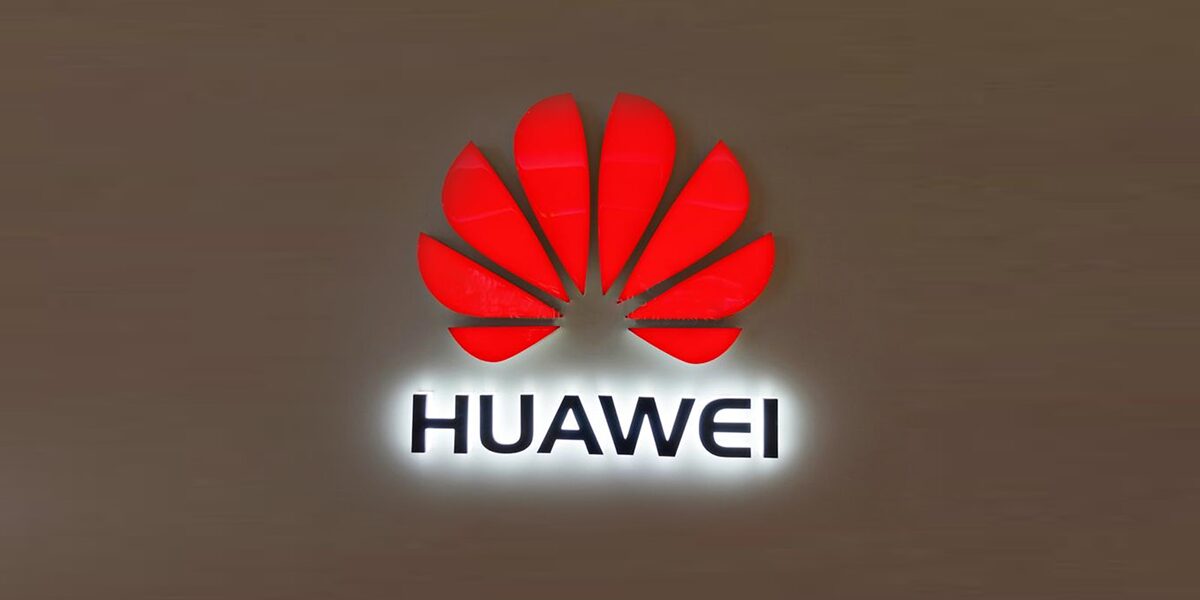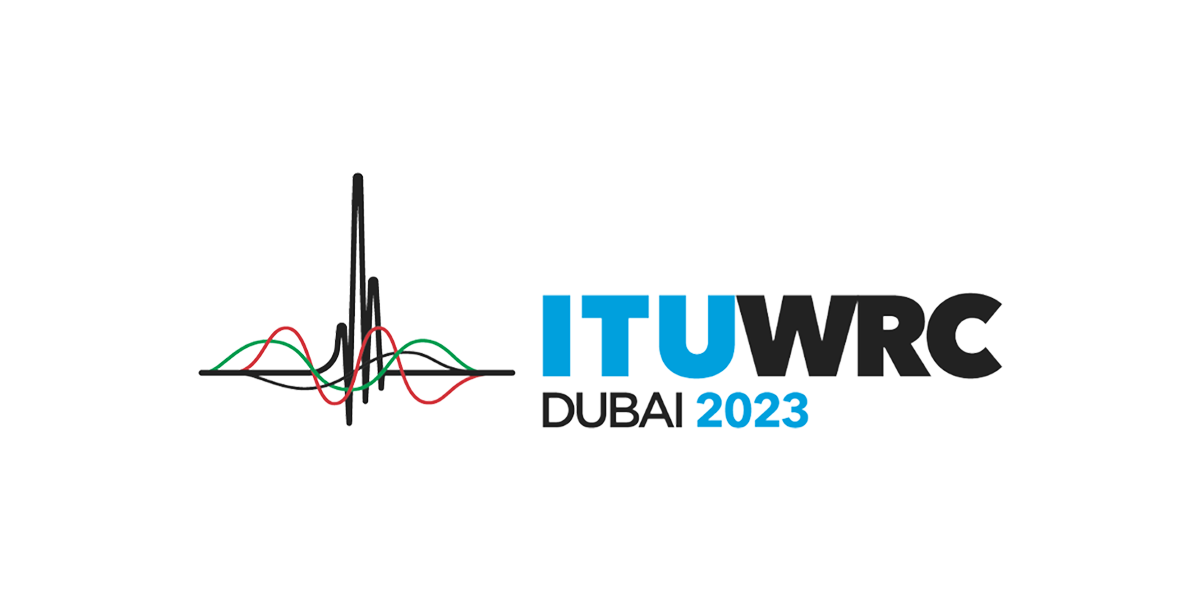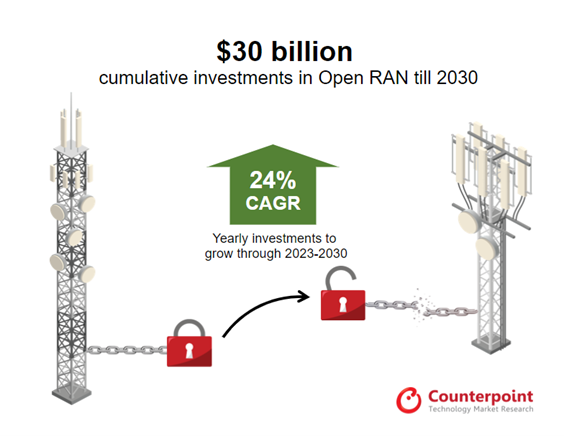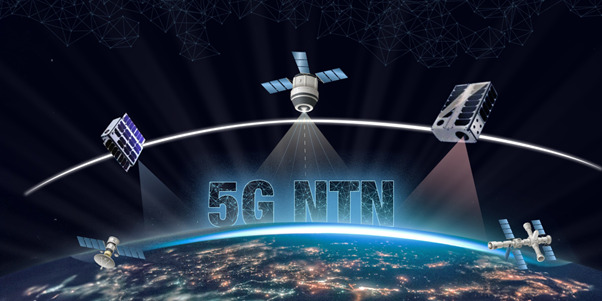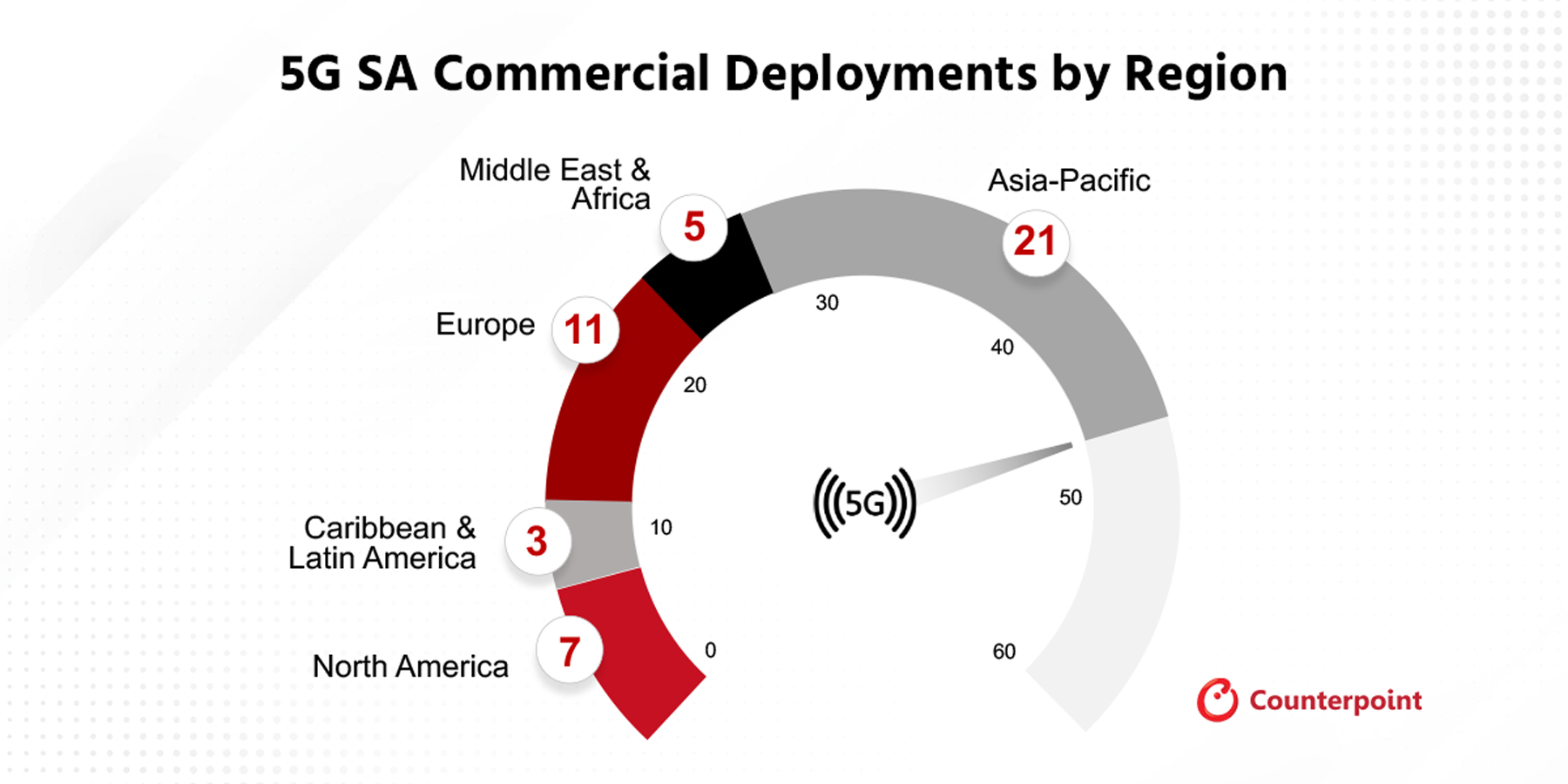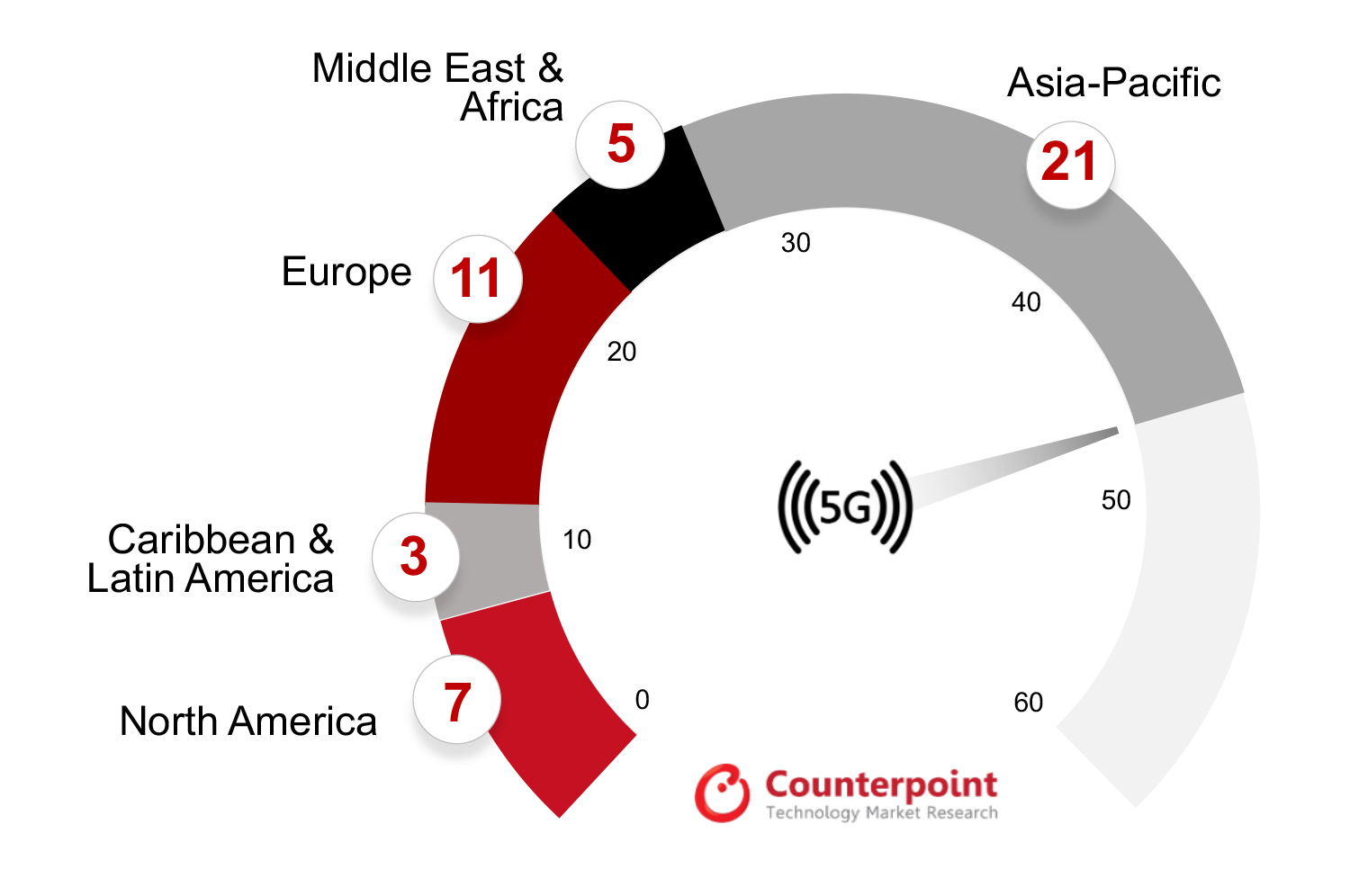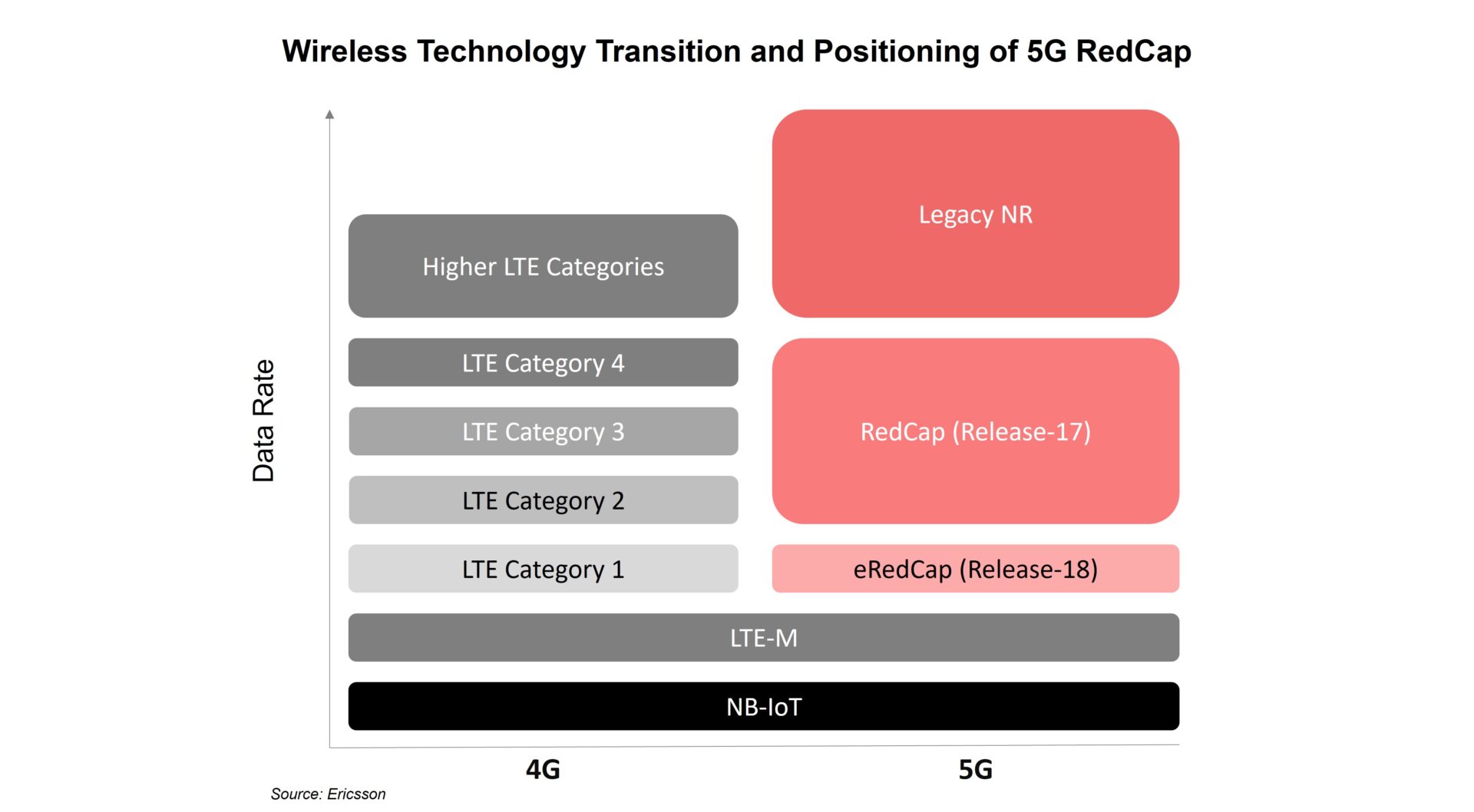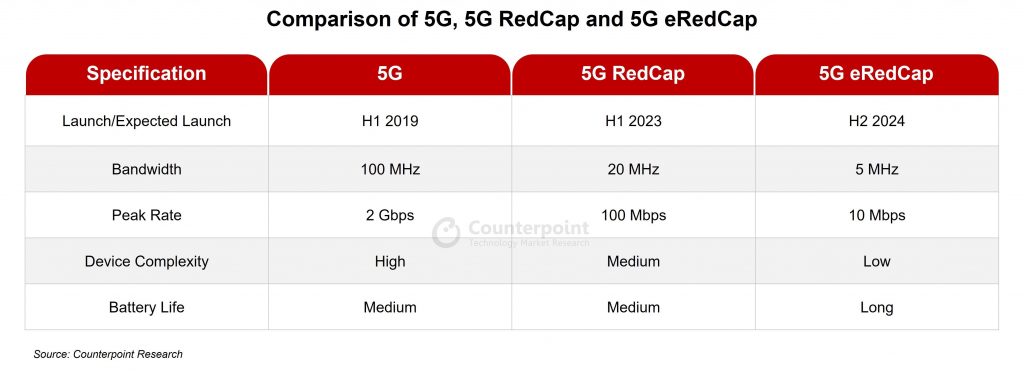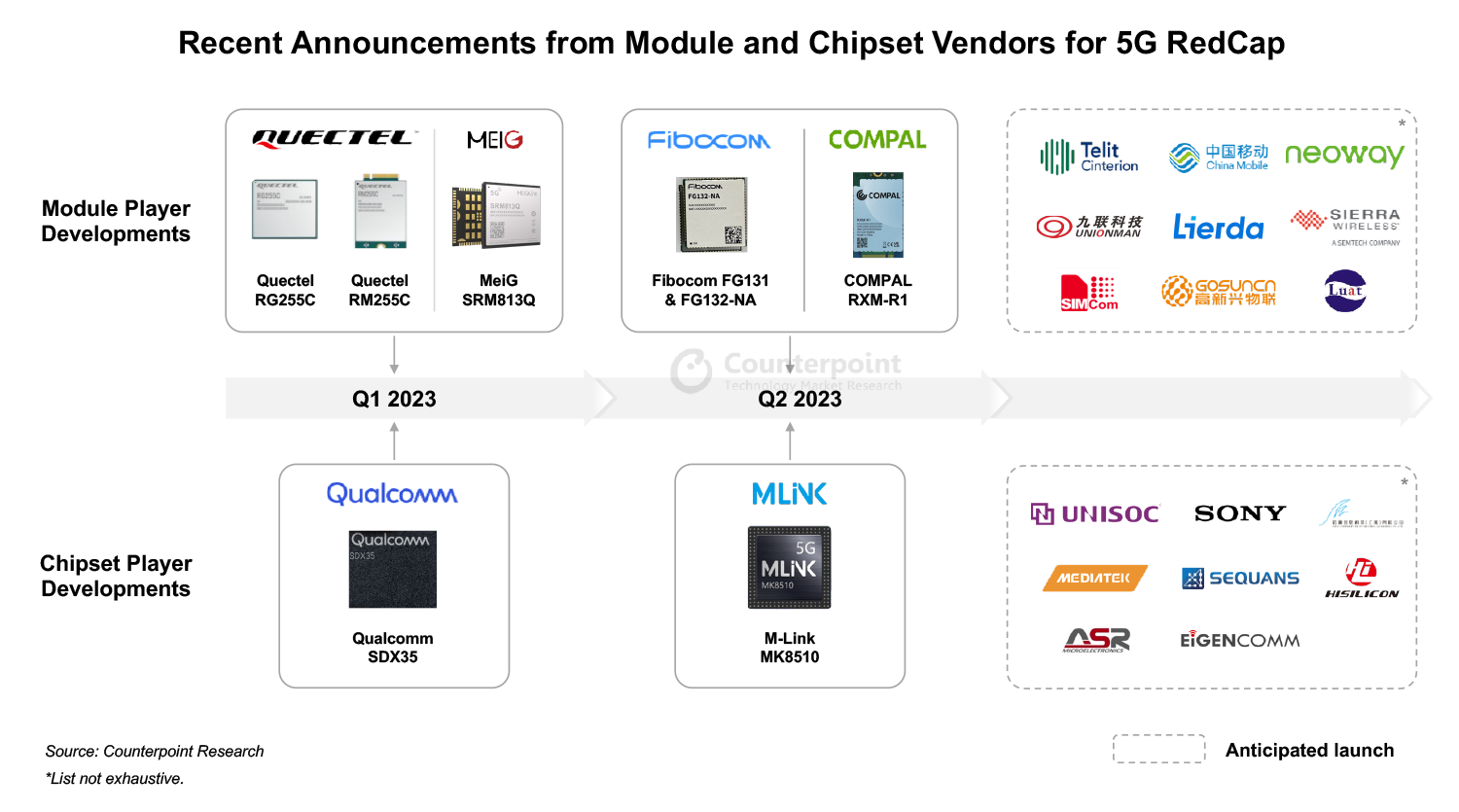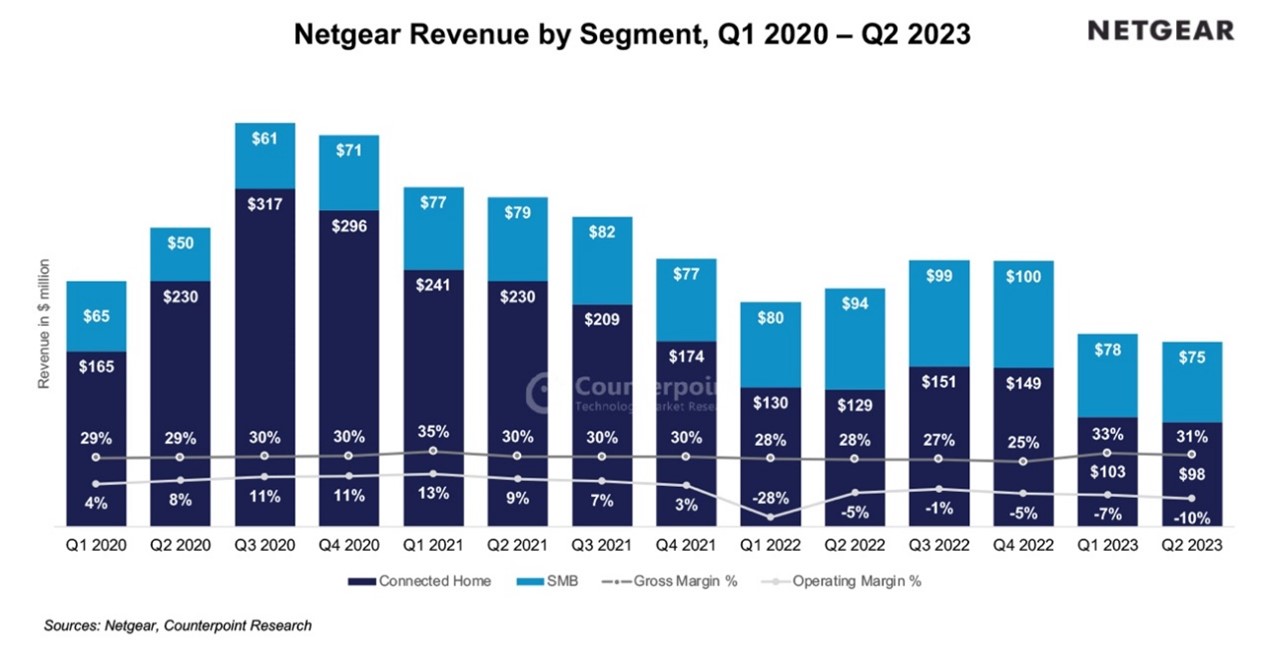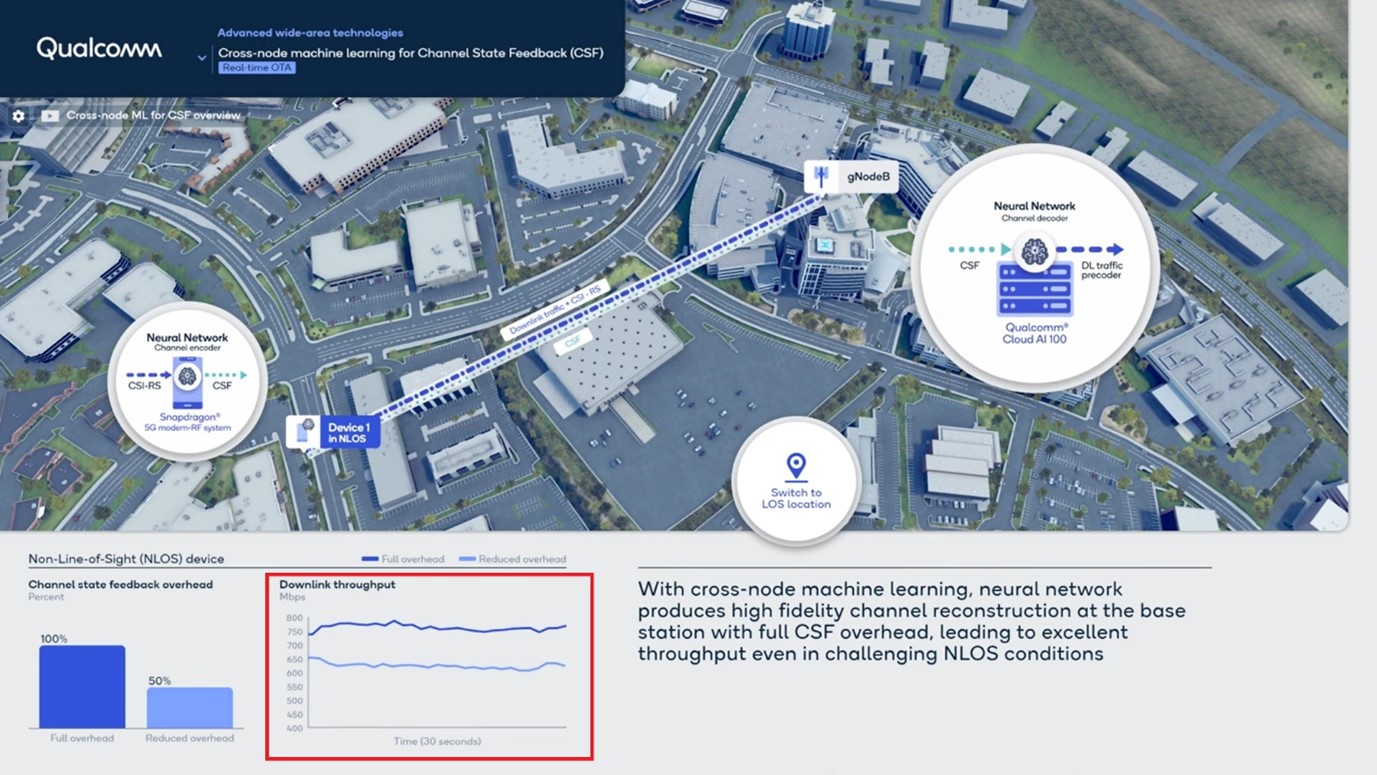Despite huge investments in 5G, network operators are still highly reliant on revenues from traditional voice and broadband data services and are struggling to increase ARPU. With 5G Advanced around the corner, they will need to continue investing heavily in new network infrastructure for many years to come, despite rising debt levels. As a result, the business models of many of these operators risk becoming unsustainable unless major changes are made.
Overcoming Operator Challenges
To survive financially and benefit from their 5G investments, operators need to develop new revenue streams while reducing OPEX costs. To achieve this, they need to radically transform the way they operate their networks. Instead of a fixed architecture, a fully flexible and agile service platform is required with the capability of delivering a wide variety of services on-demand. This means that networks need to be cloud-based, software defined, highly programmable and ultimately completely automated. By making their networks agile, operators will be able to deliver a huge variety of services with user experiences and connectivity dynamically tailored to individual use cases, or even individual users. Over the next few years, Counterpoint Research believes that AL/ML driven automation will play a critical role in facilitating this business model transformation, allowing operators to develop new revenue streams while significantly reducing OPEX costs.
Transition to L4 Automation
Autonomous networks are networks that can run with minimal (and ultimately zero, i.e. zero-touch) human intervention while leveraging technologies such as AI, machine learning and edge computing. Operators have already started the journey to automation, which they plan to implement in stages. For example, most Tier-1 operators have reached either Level 2 or Level 3 and many plan to reach Level 4 automation by the end of 2025/26.
Compared to L3 automation, L4 offers many new features and capabilities. With L3 networks, O&M updates are implemented into the network manually and run to gauge the network’s response. This typically involves multiple iterations. In contrast, L4 automation offers the capability of using a digital twin, i.e. a virtual or digital copy of the physical network. This is essentially a simulation environment which enables network changes to be run hundreds of times in isolation, enabling the optimum parameters to be identified before they are implemented into the physical network.
L4 automation also enables improved data collection processes allowing operators to have greater visibility into the network. For example, L4 offers the ability to collect more data from a base station compared to L3. L4 can also collect data more frequently. As a result, L4 automation can offer predictive and preventative capabilities, where potential faults are identified and rectified, thus ensuring that base stations are always online. Operators typically do not want to implement automation for everything, with most focusing on two processes: network deployment and fault monitoring and maintenance.
Huawei’s RAN Digital Twin
Huawei has developed a RAN Digital Twin System (RDTS) which is used in conjunction with its IntelligentRAN architecture to leverage the new capabilities of L4 automation. Central to its operation are the following four new innovative features:
- Improved Data Collection – it typically takes around 15 to 30 minutes to collect historical data on a conventional mobile network. By implementing L4, Huawei is able to do this in around 10-200ms, i.e. effectively in real-time.
- Predictive O&M Capabilities – maintenance costs can be significantly reduced by using RDTS. For example, RDTS enables operators to predict equipment failures due to overheating boards and detect faults in optical modules and back-up power supplies by up to seven days in advance. Faults can thus be rectified before they disrupt network operations. In contrast, a conventional network may require 4+ hour post processing after a fault is rectified in the field.
- Transition from KPIs to SLAs (Service Level Agreements) – using the RDTS enables operators to offer SLAs to their customers, resulting in new business opportunities and higher revenues.
- Single To Multiple Target Optimization – conventional networks can only handle single target optimization, for example, energy efficiency. However, by using the RDTS, Huawei’s IntelligentRAN is able to perform multiple target optimization, for example, simultaneously optimizing energy efficiency and user experience.
IntelligentRAN L4 i-series solutions
In early 2023, Huawei launched its 3-layer, hierarchical IntelligentRAN architecture which has been deployed to date by more than 30 operators worldwide. IntelligentRAN enables the key capabilities of L4 autonomous networks to be realised. This includes intent-driven networking, intelligent sensing, multi-target decision optimization and proactive/predictive O&M. At its recent Global Mobile Broadband Forum in Dubai, Huawei announced three additional L4 i-series solutions:
- iLiveStreaming – by means of dynamic allocation of time, frequency and space resources coupled with intelligent SLA trend prediction, Huawei is able to offer deterministic experience assurance delivering a reliability higher than 95% for uplink livestreaming.
- iKeyEvent – using spatiotemporal traffic prediction technology, iKeyEvent enables network risks to be identified and hence predicted and monitored at big events such as major sports meetings. Emergency plans are then generated automatically and the control loop-closed within seconds.
- iPowerStar – uses intelligent algorithms to manage end-to-end energy consumption across multiple network channels, including the time, space, frequency and power domains. Multi-target optimization helps operators minimise energy consumption without compromising on network performance or user experience. Huawei claims that iPowerStar reduces carbon emissions by 30%.
Operator Examples
In recent months, Huawei has demonstrated the benefits of using the RDTS system operating within its IntelligentRAN architecture with several of its operator partners. For example:
- In the Middle East – Huawei demonstrated how the RDTS eliminates the need to perform multiple iterations on a live network (typically 20+ times with conventional O&M over 20 days) to just once with a RDTS network. Huawei claims that this enables operators to deploy new features and services ten times faster than with conventional O&M.
- In China – by using Huawei’s RDTS in conjunction with its IntelligentRAN system, a Chinese operator was able to reduce the number of O&M site visits from 29,000 to 780 visits per year. According to Huawei, this reduces maintenance inspection and passive analysis costs by up to 90%.
- In Europe – guaranteeing the performance of a live streaming service is very challenging. Prior to using RDTS, an European operator was able to get a 5 times package gain compared to the traditional streaming package. However, by implementing Huawei’s Live Streaming Solution, the operator was able to increase its SLA assurance from 50% to 90% enabling it to generate $200 per hour per package compared to the original $40 live streaming package. This certainty of guaranteed service experience will open up new business opportunities for operators.
Viewpoint
The business models of many network operators risk become unsustainable unless they fully embrace automation. L4 autonomous networks will allow operators to deliver an experience that is far better than with previous generations of mobile networks. With L4, intent-driven networking replaces policy-based network management, deterministic service assurance replaces best-efforts approaches while proactive O&M (leveraging predictive/preventive capabilities) is used instead of responsive O&M. Together, these new capabilities will enable operators to significantly reduce OPEX costs as well as generate new revenues.
However, there are still challenges ahead. Standards, or specifically a lack of collaboration among standards bodies and open-source groups, is perhaps the biggest challenge. In particular, the industry needs to define data standards and formats. Another challenge is transforming company culture and skills, for example, with respect to network operations personnel. Linked with culture and skills is a lack of a common understanding of key technologies: for example, is there a precise, industry agreed definition for intent-driven management? The development of open APIs will also be very important. Collaboration with industry and ecosystem partners, including device manufacturers, equipment suppliers and developers will be essential in order to bring the economies of scale needed to benefit all players.
This blog is sponsored by Huawei.

